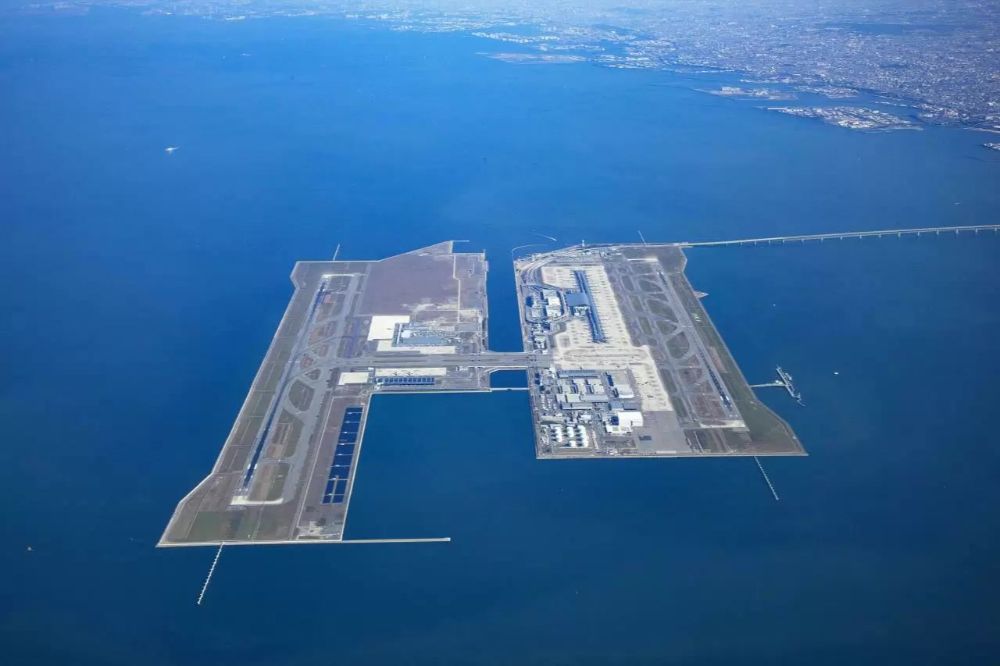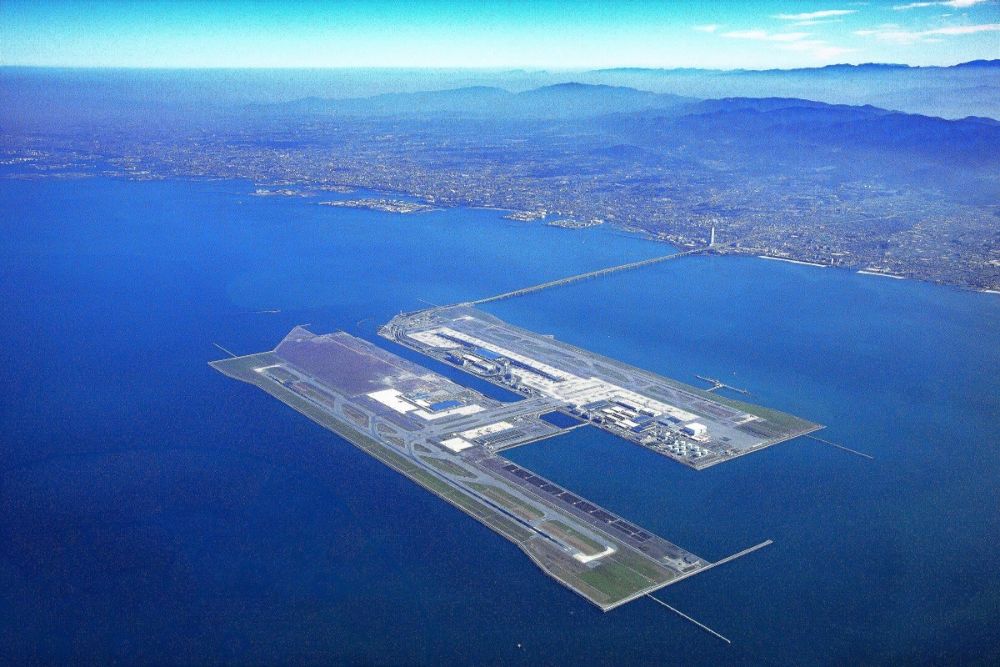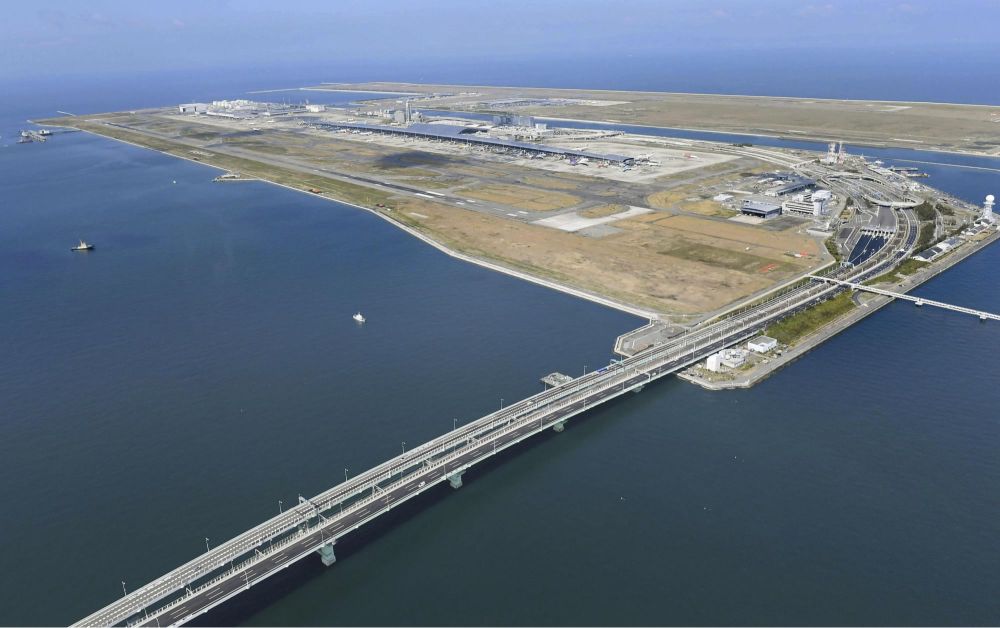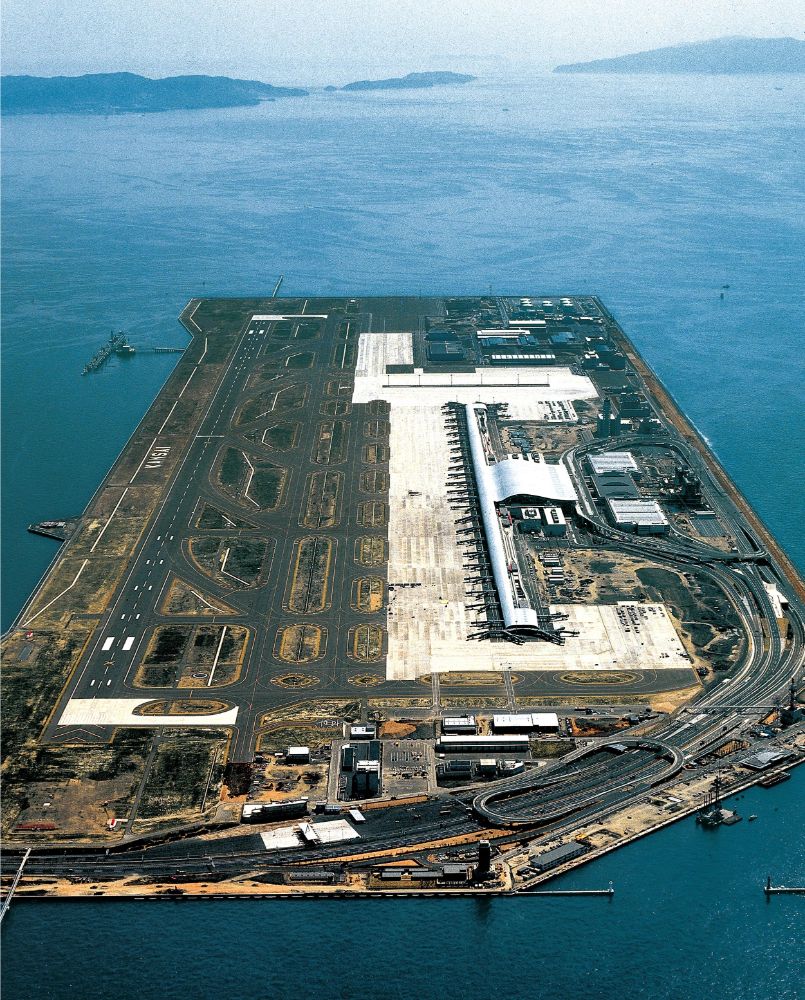Kansai International Airport, nestled in the middle of Osaka Bay off the Honshu Shore in the Greater Osaka Area of Japan, boasts a unique setting – an artificial island called Kankūjima, constructed to alleviate overcrowding at Osaka International Airport. The ambitious project, which cost a staggering $20 million, has become a global marvel since its opening in 1994.

Terminal One – A Architectural Triumph
The airport’s island is divided into two distinct areas, each housing a terminal building. Terminal one, designed by the renowned architect Renzo Piano, stretches an impressive 1.7 km, making it the world’s longest airport terminal. With major airlines operating both domestic and international flights, the airport has earned admiration for its world-class amenities, featuring premium shops like Chanel, Hermes, and Cartier, along with a diverse range of restaurants.

The Looming Threat: Sinking into Controversy
Despite its success and acclaim, Kansai International Airport has faced controversy, particularly due to its unsettling sinking predicament. The airport, constructed on seabed silts, began sinking at a rate of 38 feet by 2018 – 25% more than engineers had initially predicted. This unexpected subsidence has raised questions about the long-term sustainability of the airport.

The Weighty Problem: A Costly Predicament
The sinking issue stems from the considerable weight of the island and its structures compressing the seabed. To counter this, an additional $150 million was invested in raising the seawall to safeguard the terminals. However, projections indicate that the island is expected to sink another 13 feet by 2056, raising doubts about the efficacy of such costly measures.
Balancing Act: Is the Airport Worth the Investment?
While the sinking issue poses a significant threat to the airport’s future, officials involved in the project argue that the benefits outweigh the risks. Kansai International Airport plays a pivotal role in connecting Osaka to the global stage, successfully addressing the overcrowding problem at Osaka International Airport. The debate over whether the airport is a worthwhile investment lingers, with experts providing varying estimates – some suggesting it may endure for another century, while others predict a more imminent demise within 25 years.
A Precarious Future on the Horizon

As Kansai International Airport stands as a testament to human engineering ingenuity, its uncertain future adds a layer of complexity to its story. While the airport continues to serve as a crucial hub connecting Japan to the world, the spectre of sinking raises questions about the long-term viability of such ambitious projects in the face of environmental challenges. Only time will reveal whether this artificial oasis in the sea will endure or gradually succumb to the forces that threaten its existence.
